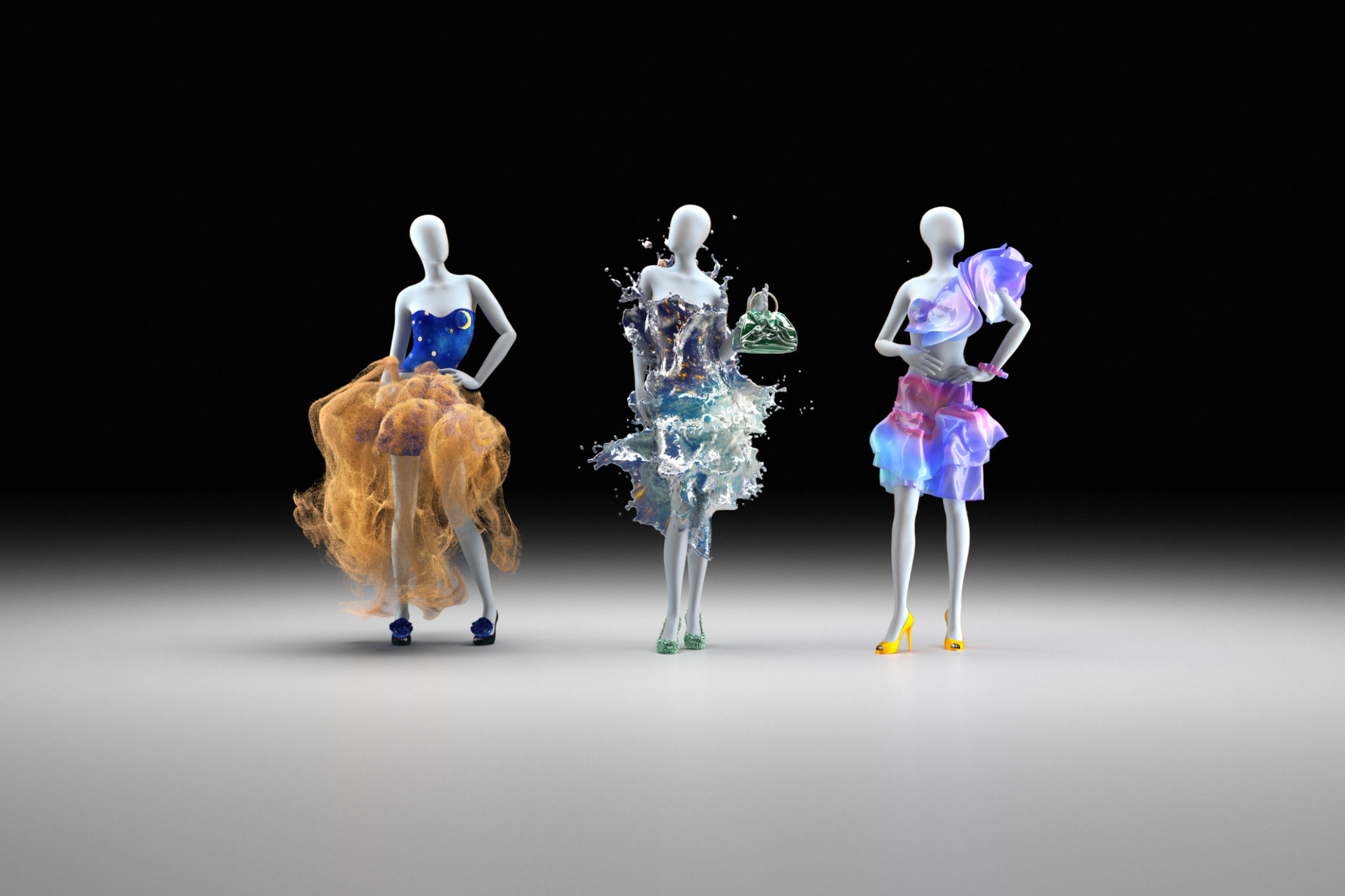How Smart Fabrics Are Revolutionizing the Fashion Industry
Introduction to Smart Fabrics
The fashion industry is constantly evolving, and one of the most exciting developments in recent years is the rise of smart fabrics. These innovative materials are not just about aesthetics; they bring technology and functionality into the mix, offering new possibilities for clothing and accessories. From enhancing comfort to providing health benefits, smart fabrics are set to transform how we think about fashion.

The Technology Behind Smart Fabrics
Smart fabrics, also known as e-textiles or electronic textiles, integrate digital components such as sensors and conductive yarns directly into the fabric. This integration allows garments to interact with the wearer or the environment in a variety of ways. For instance, some fabrics can monitor body temperature, while others can change color or generate energy.
One of the key technologies used in smart fabrics is conductive fibers, which allow electricity to pass through the textile without affecting its flexibility or appearance. These fibers can be woven into the fabric during manufacturing, making them an integral part of the garment rather than an external add-on.
Applications in Everyday Wear
Smart fabrics have already made their way into everyday wear, offering practical benefits that enhance our daily lives. For example, many fitness enthusiasts are familiar with athletic wear that tracks heart rate and physical activity levels. These garments use embedded sensors to provide real-time data, allowing users to optimize their workout routines.

Another exciting application is in temperature-regulating clothing. These smart fabrics can adjust to environmental changes, keeping the wearer comfortable in varying weather conditions. This feature is particularly beneficial for outdoor enthusiasts or those living in regions with unpredictable climates.
Impact on Health and Wellness
The potential health benefits of smart fabrics are vast. In the medical field, these textiles are being used to develop clothing that can monitor vital signs and detect early symptoms of illnesses. This capability could revolutionize patient care by providing continuous monitoring without the need for intrusive devices.
Moreover, smart fabrics can enhance safety features in clothing. For instance, they can be used to create garments with embedded lights for better visibility at night or incorporate materials that harden upon impact, offering protection for cyclists and motorcyclists.

The Future of Fashion
As technology continues to advance, the potential applications for smart fabrics in fashion are virtually limitless. Designers are exploring ways to incorporate these textiles into high fashion, creating garments that not only look stunning but also offer interactive and adaptive features.
Imagine a dress that changes color based on your mood or a jacket that charges your phone while you walk. These possibilities are not far off, as both researchers and fashion houses are investing heavily in the development of smart fabric technologies.
Challenges and Considerations
Despite their potential, smart fabrics also pose challenges that must be addressed. Durability and washability are significant concerns, as electronic components must withstand regular wear and cleaning. Additionally, there are privacy considerations related to the data collected by these garments, which must be managed responsibly.
The cost of production is another factor that currently limits the widespread adoption of smart fabrics. As technology advances and economies of scale come into play, prices are expected to decrease, making these innovations more accessible to the average consumer.

Conclusion
Smart fabrics represent a fascinating intersection between fashion and technology. As these materials become more prevalent, we can expect a shift in how we view and use clothing. With benefits ranging from enhanced comfort to health monitoring and environmental adaptability, smart fabrics are poised to revolutionize the fashion industry in ways we are just beginning to understand.
